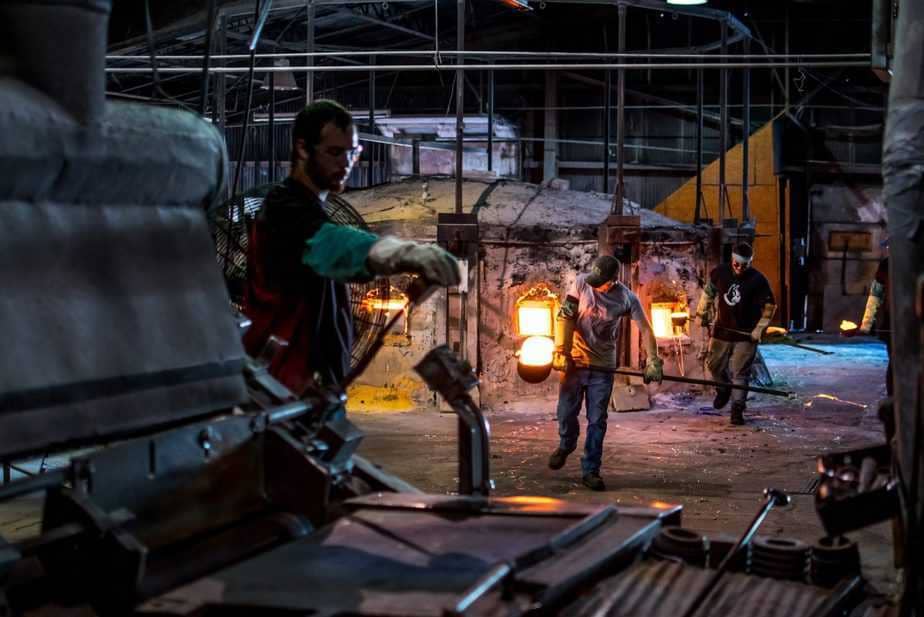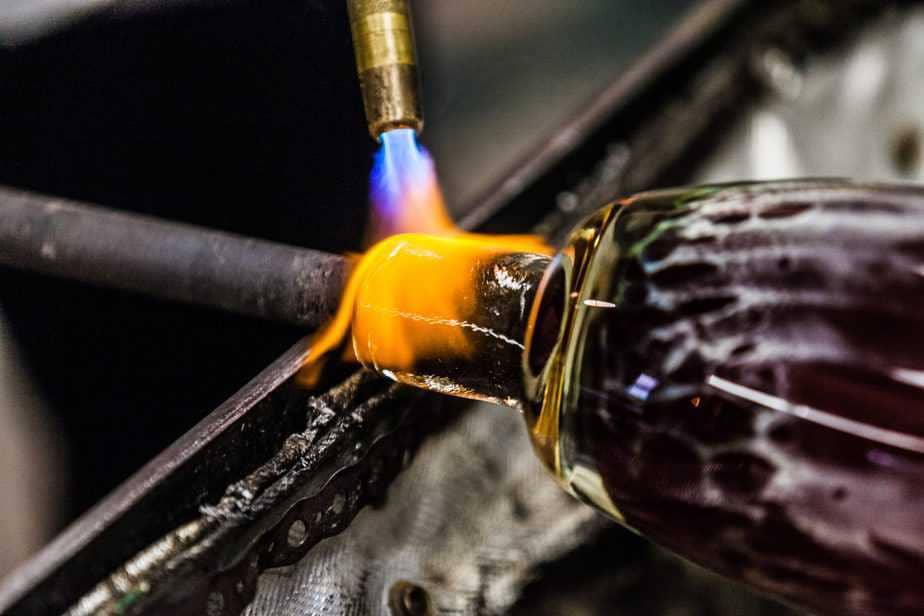- Ultrasonic Degassing Of Molten Metals up to 2.300°C And Molten Glass
- Monday - Friday : 09:00 - 19:00
- Sialon Ceramics Sweden AB, Lila Kungsgatan 2, SE-411 08 Göteborg, Sweden
Ultrasonic degassing molten glass
Ultrasonic degassing molten glass
20% energy process savings at considerably lower temperatures
Ultrasonic degassing of molten glass
Glass manufacture involves two primary processes, glass melting and glass refining. In the glass melting process, the raw materials are first mixed into a batch and then introduced into a furnace where they are heated to a high temperature (up to nearly 1600 °C). The raw materials chemically react to form the glass. Glass refining is then carried out to eliminate glass bubbles from the melt. The latter process is of critical importance to the glass industry. The aim is to reduce the size and number of bubbles in the melt to acceptable levels before glass-forming operations are carried out. The process is lengthy and energy intensive.
We have developed an ultrasonic gas melt degassing technology which significantly increases the efficiency of this process, reducing the refining temperature and saving up to 20% of the energy cost. Here we describe the process and the improvements it offers over conventional glass refining.
Removing gas bubbles from glass during its manufacture is an essential part of the glassmaking process. This part of the process is referred to as refining, and many alternative methods have been employed.

Degassing of glasses
The gas bubbles form as part of the glass melting process, which involves numerous chemical reactions between the raw materials that create the glass. Several of these chemical reactions produce copious quantities of carbon dioxide and other gasses. Typically, one kilogram of raw materials produces 100 litres of carbon dioxide gas. Sulphur dioxide, oxygen, hydrogen sulphide and other gasses are also produced.
The degassing process involves bubble agglomeration, whereby dissolved gasses diffuse from the melt to form bubbles that rise to the surface and are expelled. The time this takes depends on the bubble diameter and the viscosity of the melt, which is a function of the melt temperature.

Ultrasonic degassing
Various methods have been employed to improve the efficiency of the refining process. These range from the addition of fining agents, vacuum fining and even the use of microgravity. However, the application of ultrasonic-assisted glass refining is highly promising. It allows refining temperatures to be lowered from around 1,450 °C to 1,300 °C with a total energy saving of up to 20%.
When ultrasonic energy within the right frequency range is applied to a glass melt, acoustic cavitation occurs. Cavitation is a process in which rapid changes in pressure produce small vapour filled bubbles which collapse when subjected to high pressure generating a shock wave.
Gas dissolved in the melt diffuses into the cavitation bubbles. Gas bubbles form on the cavitation nuclei. These grow by diffusion from the melt into the bubble during ultrasonic oscillations. The tiny bubbles then coalesce under the influence of Bjerknes and Bernoulli forces and, when large enough, float to the surface of the melt releasing the gas within the bubble to the atmosphere. The process is assisted by ultrasonically induced acoustic flow and streaming.
Practical considerations
Our recently developed ultrasonic degassing process uses a new ultrasonic generator and a proprietary ceramic sonotrode which can treat large volumes of highly viscosity molten glass at temperatures of up to 1,600 degrees Celsius. Melt degassing is carried out at the forehearth of the glass furnace. High-intensity acoustic vibrations are produced in the glass melt directly by placing the sonotrodes into the melt.
Using this setup, we can effectively double the size of the gas bubbles and achieve the same level of refinement at significantly reduced temperatures, reducing energy costs by up to 20% and reducing the impact on the environment.
Conclusion
Ultrasonic degassing of glass melts in the forehearth of a glass furnace is a breakthrough technology with the potential to considerably reduce the carbon footprint of the highly energy-intensive glass manufacturing industry.
